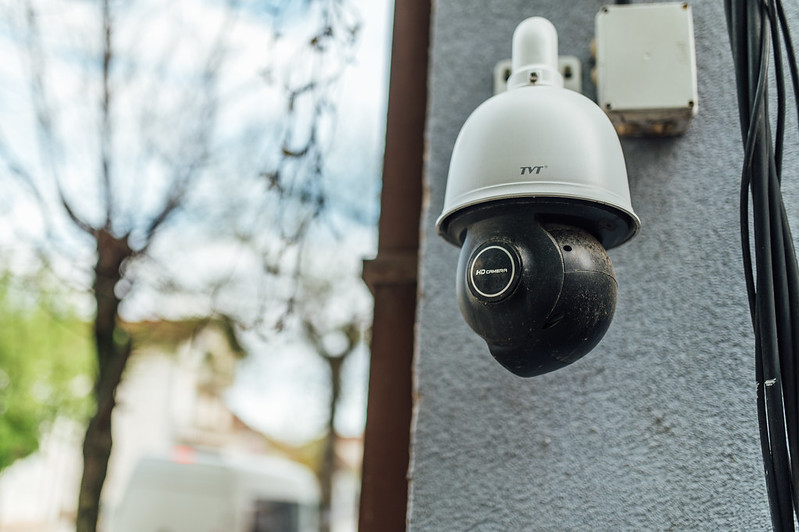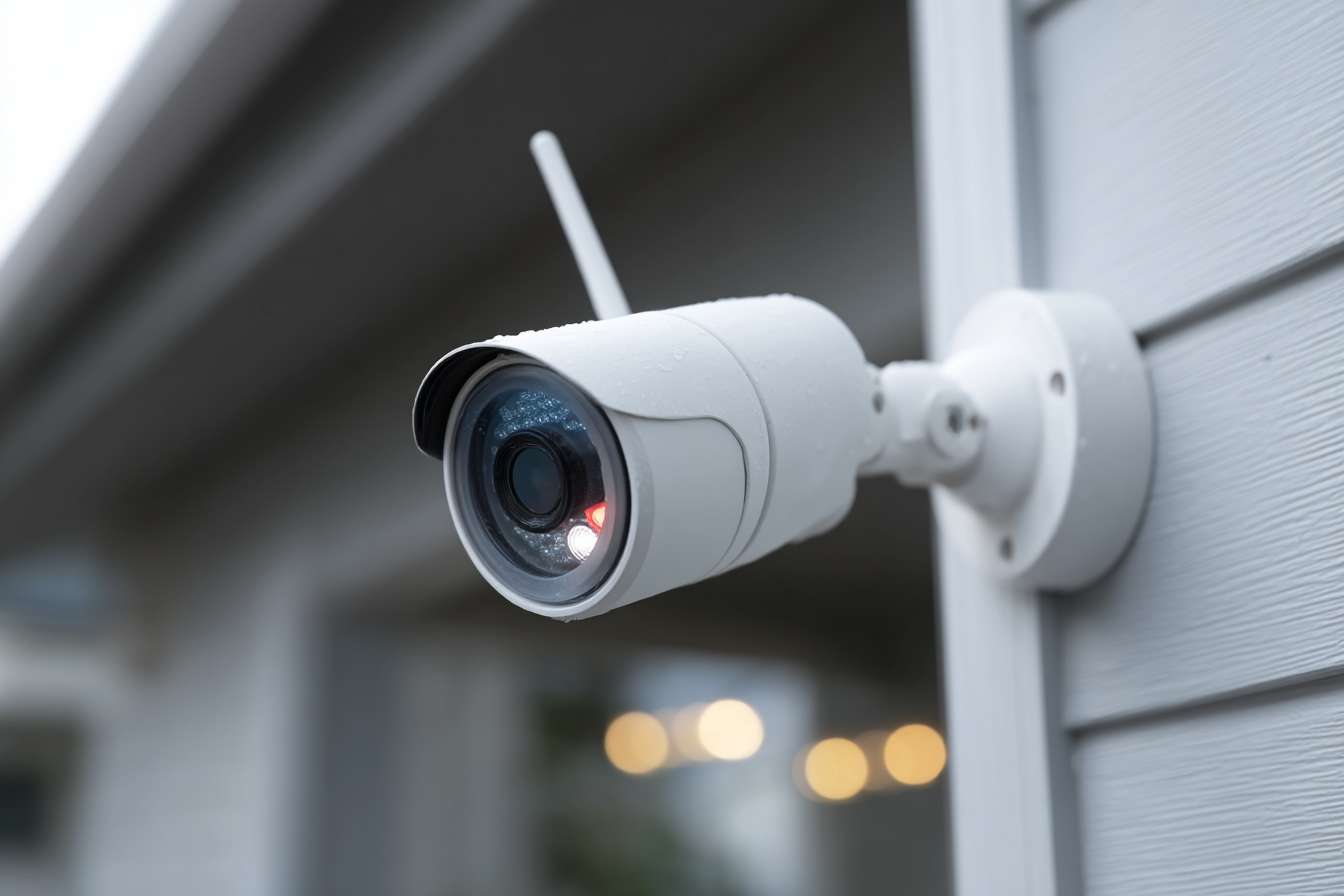How to Integrate Lighting Automation to Prevent Incidents
This article outlines practical steps to integrate automated lighting into a home security system for improved deterrence, clearer surveillance footage and faster, more reliable alerts. It covers coordination with alarm systems, cameras and sensors, secure communications and routine maintenance to keep integrated systems resilient and effective for households in the UK.
Automated lighting, when thoughtfully integrated with a home security ecosystem, reduces opportunities for unauthorised approaches and improves the quality of recorded evidence. A robust integration considers how lighting interacts with alarm systems, sensors and cameras, how commands are protected with encryption, and how monitoring and analytics inform sensible automation rules. This article explains key design choices, deployment considerations and routine checks that help lighting actively contribute to incident prevention rather than merely providing convenience.
How does lighting support deterrence and surveillance?
Strategic placement of lighting increases visibility in vulnerable zones such as entrances, pathways and blind spots and directly contributes to deterrence. Adaptive lighting schemes that brighten when motion is detected can make a property less attractive to intruders and enhance video clarity for cameras and surveillance systems. Randomised occupancy simulations help when the home is empty, but avoid predictable patterns. The aim is to combine visible deterrence with improved conditions for monitoring without creating nuisance glare for neighbours.
How to link automation with alarms and sensors?
Linking automation to alarms and sensors allows lighting to respond only to relevant events, reducing false alarms and unnecessary power use. For example, a verified trigger from a door sensor or a PIR sensor can initiate a staged lighting sequence while the alarm escalates and monitoring receives an initial alert. Keep automation logic simple with clear priorities: critical alarm conditions should override non-essential schedules. Regular verification of sensor placement and sensitivity minimises spurious triggers from animals or environmental factors.
How to synchronise lighting with cameras and monitoring?
Synchronisation between lighting and cameras improves identification and recording quality. When a camera or analytics engine detects motion, linked lighting can enhance image detail and reduce noise in low-light recording. Ensure timestamps and logs are aligned across devices so footage corresponds to sensor-triggered events in the monitoring records. Configure light levels and beam angles to avoid lens flare or silhouette effects; this cooperation between lighting and surveillance supports both human review and automated analytics.
How to protect access control and communications with encryption?
Lighting automation must operate within a secure control environment alongside locks and access systems. Communications between controllers, sensors and cloud services should use up-to-date encryption and authenticated channels to prevent interception or unauthorised commands. Design fail-safe behaviours so that loss of lighting or network connectivity does not compromise physical access control: doors and locks should remain in a secure default state. Maintain logs of access attempts and automation commands to support audits and incident investigations.
What maintenance, alerts and analytics are required?
Routine maintenance keeps integrated systems reliable: check bulbs, batteries, firmware updates and network health on a schedule. The system should generate contextual alerts for low battery, communication failures or repeated false triggers, enabling timely intervention from homeowners or local services. Use analytics to identify patterns of activity—times with frequent triggers, seasonal changes in false positives—and refine automation rules accordingly. Well-structured alerts and analysis reduce nuisance notifications while improving the speed and quality of responses from monitoring services.
How to plan integration and testing for long-term reliability?
Plan integration with clear documentation of automation rules, priorities and fallback states. Test end-to-end scenarios regularly: sensor trigger → lighting response → camera capture → alert to monitoring. Include tests for network outages, power loss and device firmware rollbacks. Engage qualified local services for installation and periodic inspections to ensure equipment is correctly positioned and configured. Continuous review of analytics and incident logs helps evolve rulesets and maintain a balance between effective deterrence and minimal disruption.
Conclusion Integrating lighting automation into a home security strategy strengthens deterrence and enhances the utility of cameras, sensors and alarm systems when done with attention to security, simplicity and maintenance. Prioritise secure communications with encryption, straightforward automation logic, and regular testing and upkeep. With coordinated monitoring, contextual alerts and data-driven adjustments, automated lighting becomes an active, reliable layer of incident prevention rather than a passive convenience.





